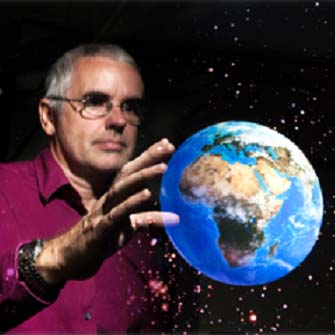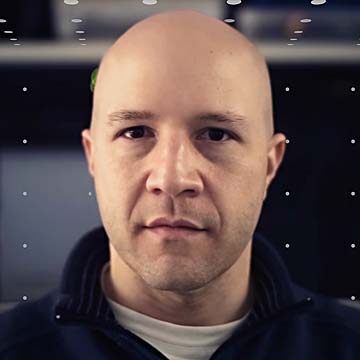The Wedge: seeing smart displays through a new lens
Microsoft Applied Sciences is engaged in an industry-leading effort to enhance the functionality of display technology. Display devices today are capable of high resolution and a wide color gamut, but are to a large extent “dumb” in that it isn’t possible to interact with the content through the display medium itself.
In the future, display technology will move towards being an interactive window on the digital world, where the display will know who and where the user is, present content that is context aware, and allow natural interactions with the display surface.
In order to achieve this increased functionality, Microsoft Applied Sciences is developing imaging light-guide technology which allows cameras and steerable light sources to be multiplexed with displays.
We have developed large-area LCD displays with very thin form factors (40" diagonal with optics under 2"), which allow simultaneous display and capture of touch and gesture on and above the surface.
We have also demonstrated similar techniques for imaging through surface using transparent OLED technology.
Similar principles are used to create displays that enable multiple perspective views from a single flat panel LCD. Steering optics utilizing flat panel light-guides allow different views to be sent to each eye of one viewer for 3D stereo images, or entirely different views to different viewers.

 Applied Sciences
Applied Sciences










